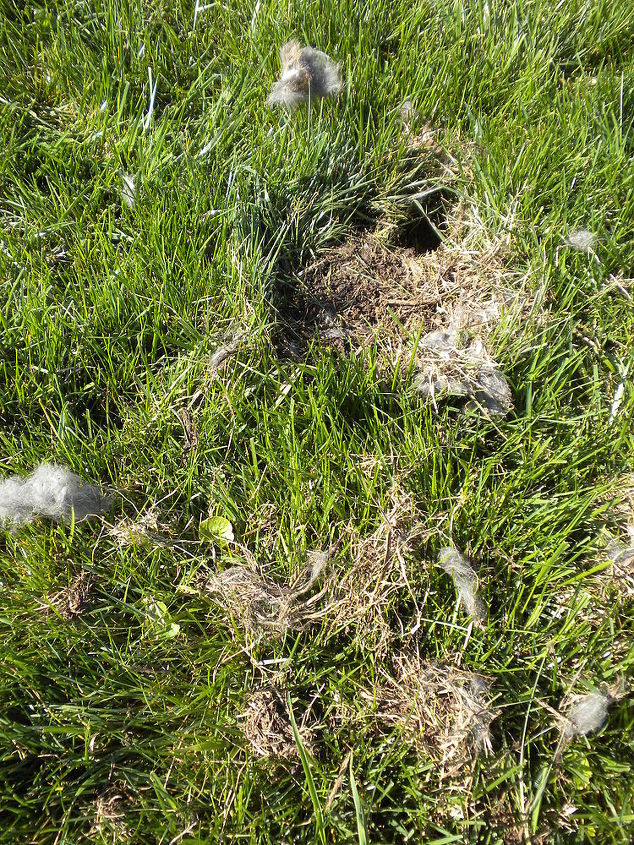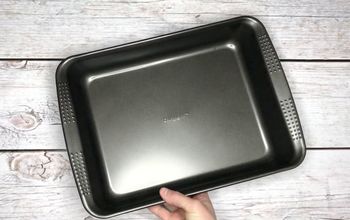Best solution for Creeping Charlie and Violas in grass?
Related Discussions
GNATS - How to get rid of them?
Somehow my house and garden got tiny gnats that killed my fuchsia plant and fly everywhere. I have tried ALL the Web recommendations - soap and oil dishes, sand in th... See more
Marigolds growing! Should I pinch the buds?
My marigold plants are growing. I heard that pinching the buds until Autumn will allow them to grow without killing the plant. Is this true?
Growing garlic
Growing our first garlic, should we wait until the leaves are drying out before we pick it? Husband picked first one today along with our first potatoes.
How to keep mice out of your garden?
Hi everyone, I have mice in my garden destroying my vegetables and I have also noticed them in the barn and shed. Please can someone tell me how to prevent them from ... See more
What's the best flower/plant to grow in Texas?
I know that opinions vary, but what's your opinion?!I have great luck w Rosemary plants. Green all year long.
Can someone tell me what kind of animal this was in my yard?
I thought maybe a rabbit was burrowing in my yard, but it's almost dead center of my lawn (not a very smart rabbit). The hole is not very deep, and I replanted it onc... See more
Is Creeping Charlie in your lawn a good thing or a bad thing?
Is there a sure-fire way to get rid of Creeping Charley?





One control option is to dig out existing ground ivy or violets. Pull up all the roots and stems or the plant will grow back. This option works well if ground ivy has gotten a foot hold in a flower or shrub bed, and you can prevent the spread into the lawn. If you are starting a lawn using organics, it is important to rid the lawn area of creeping Charlie and violets before you establish the lawn.
Although control is difficult, existing ground ivy and violets can be treated with postemergence broadleaf herbicides in the period from mid-spring to early summer and/or mid to late fall. Regardless of the time, make sure the weeds are actively growing. For ground ivy, herbicides should contain dicamba. Three-way broadleaf herbicide combinations (one product containing all three herbicides) that include 2,4-D (2,4-dichlorophenoxyacetic acid); mecoprop or MCPP (2-(2-methyl-4-chlorophenoxy) propionic acid); and dicamba (3,6-dichloro-o-anisic acid) may provide the best control. Several of these three-way herbicides are available.
Check product labels for these active ingredients. Read and follow all label directions. Herbicides containing 2,4-DP or triclopyr may also be effective. For violets, broadleaf herbicides containing triclopyr are suggested. Professional turfgrass specialists available for hire may use products containing 2,4-DP or triclopyr.